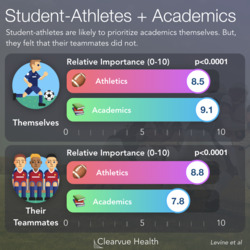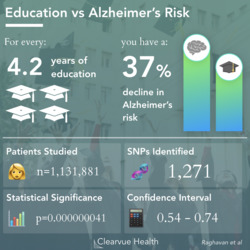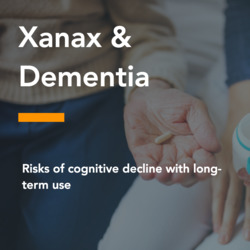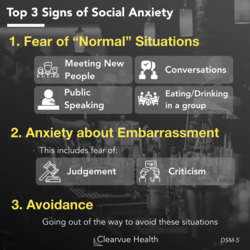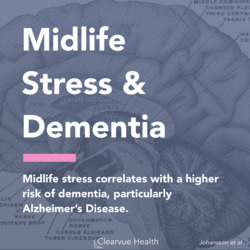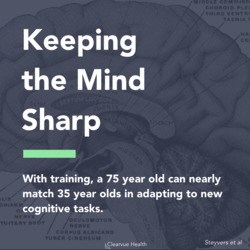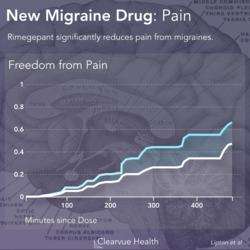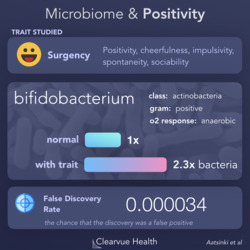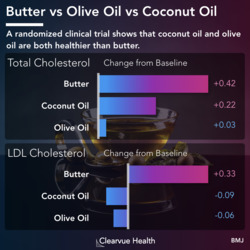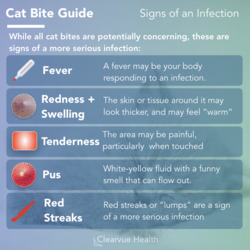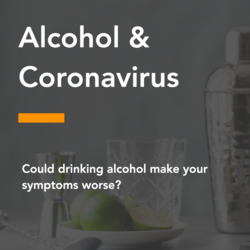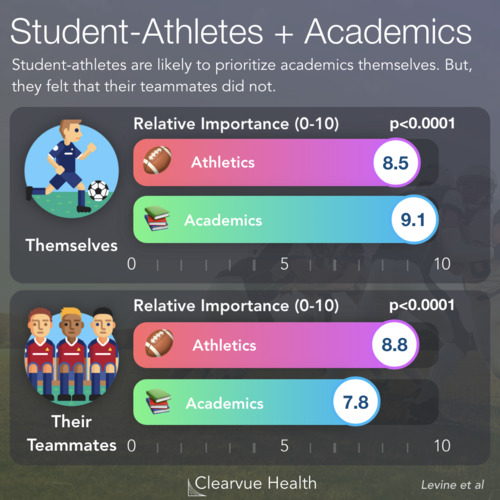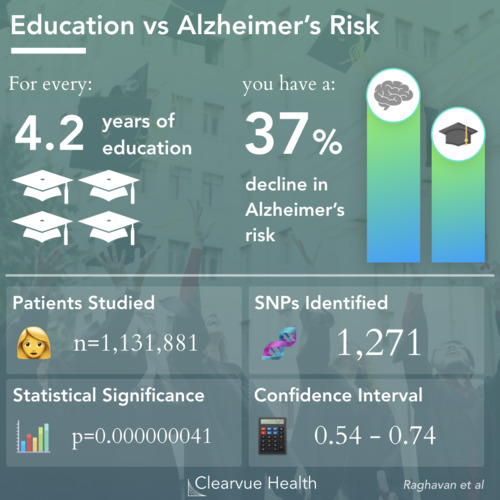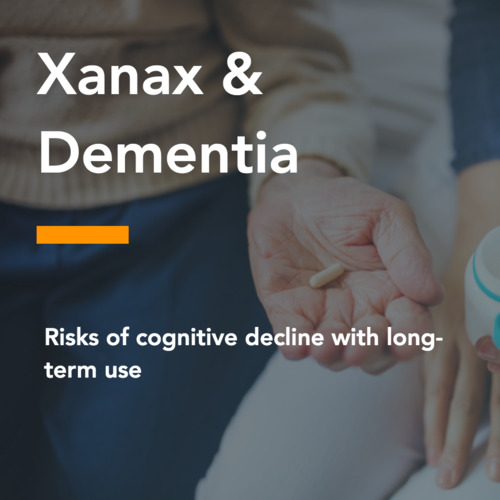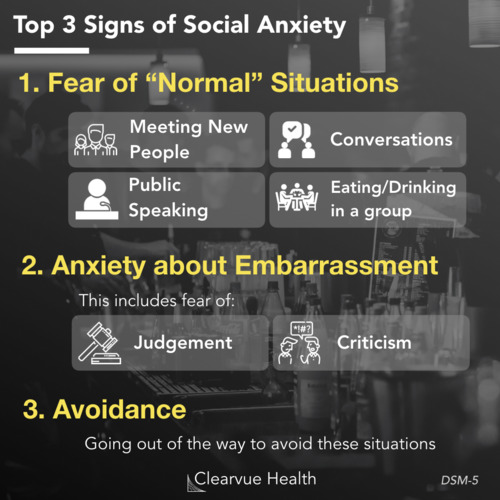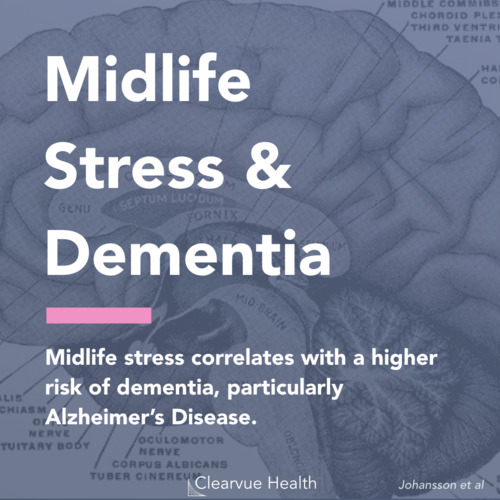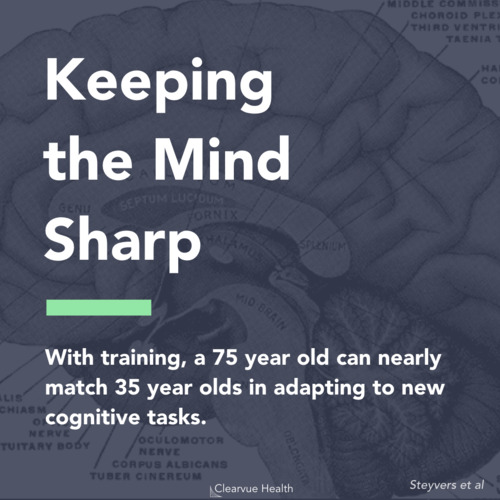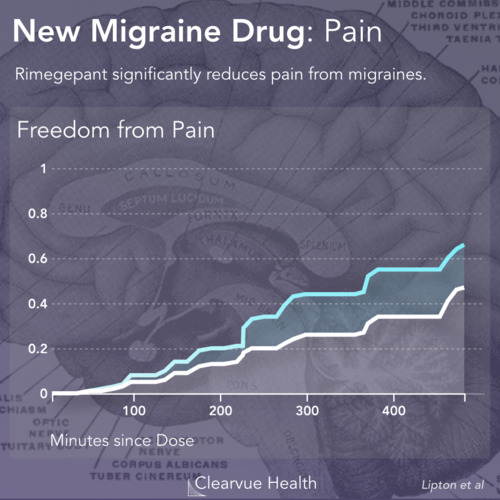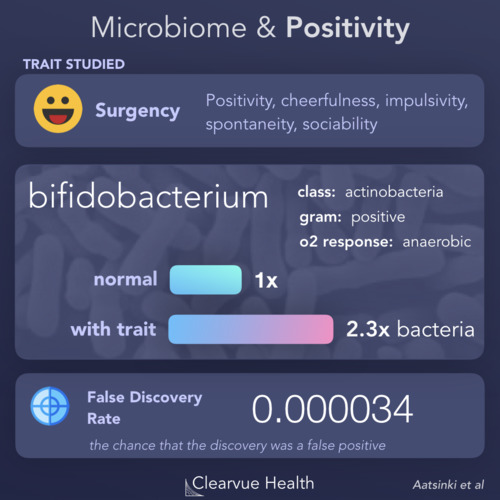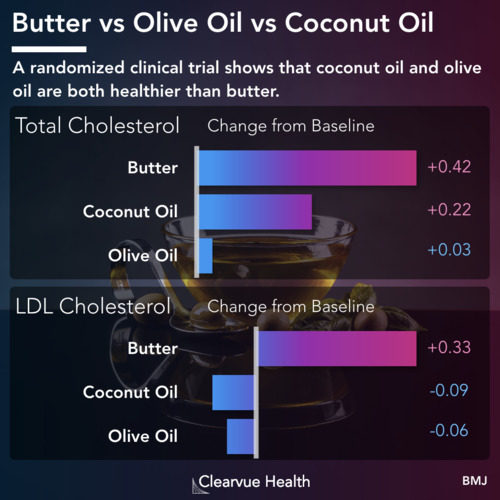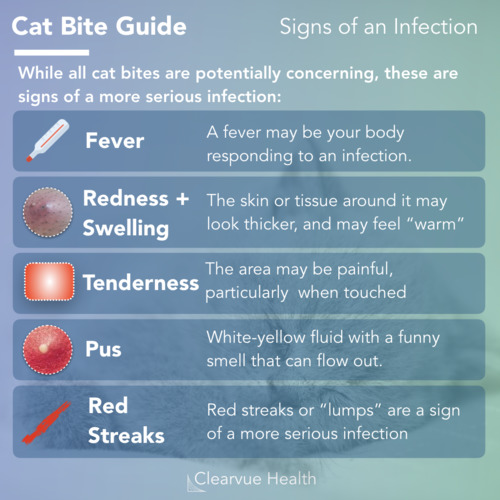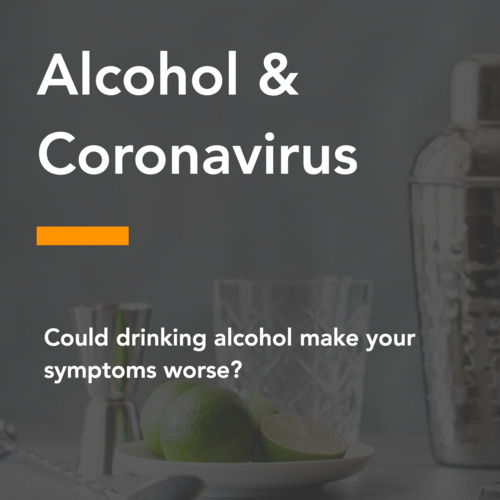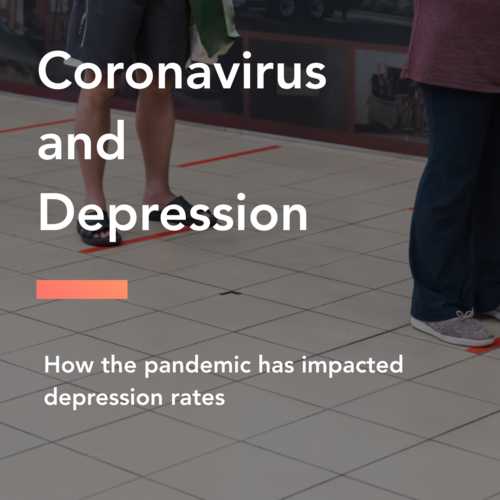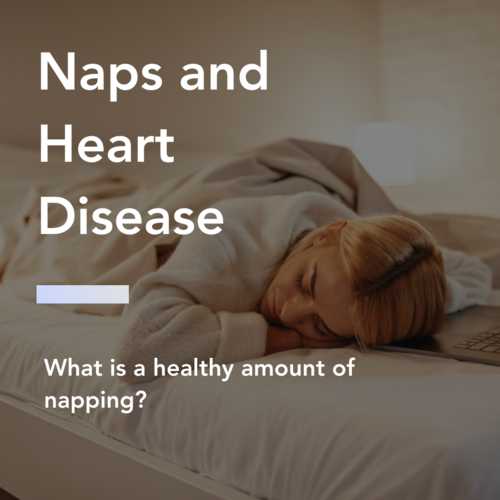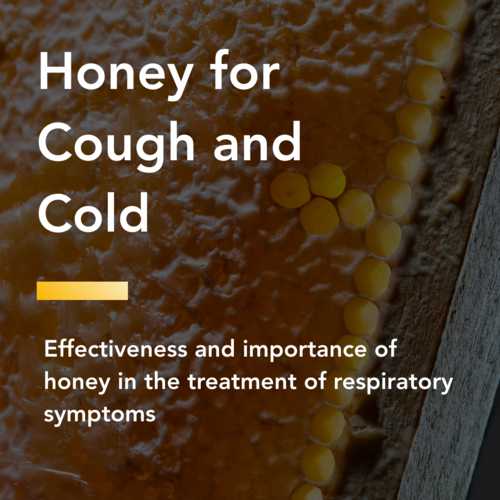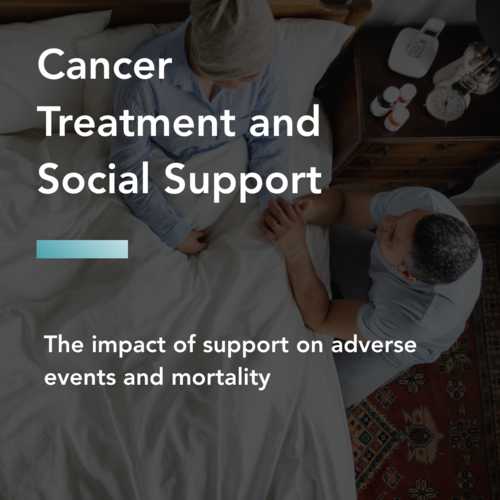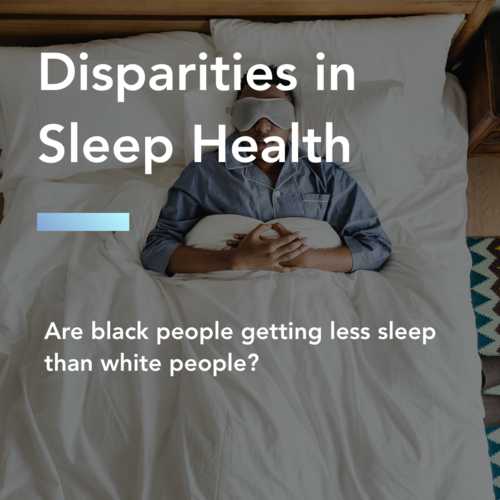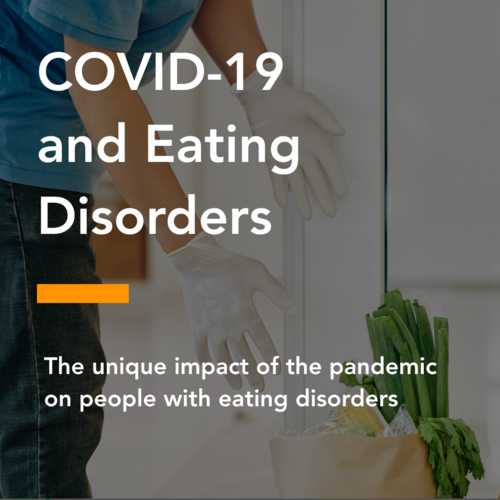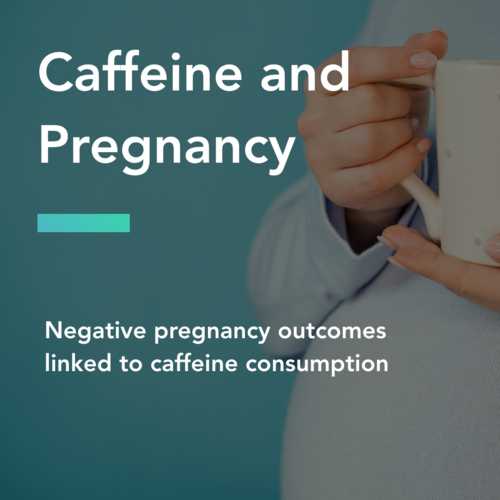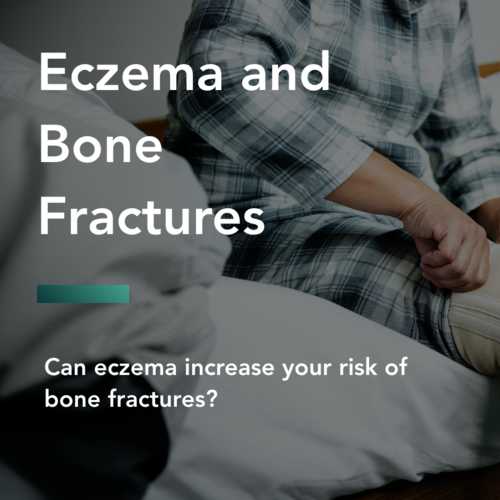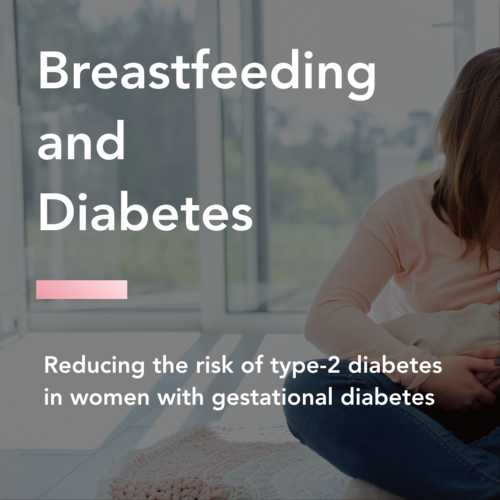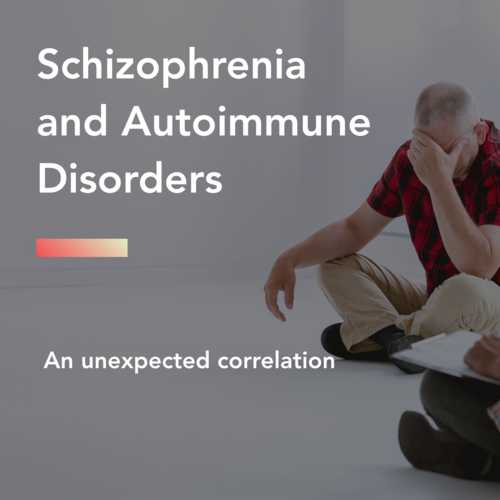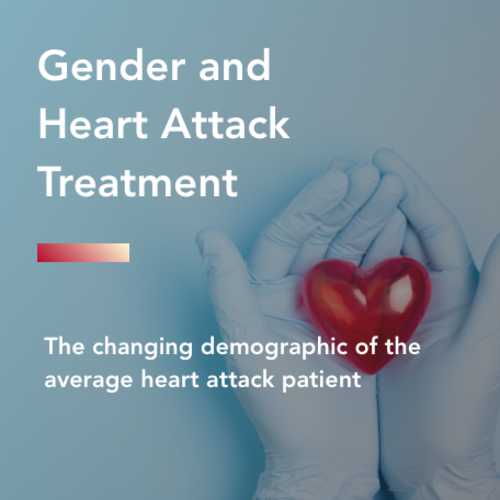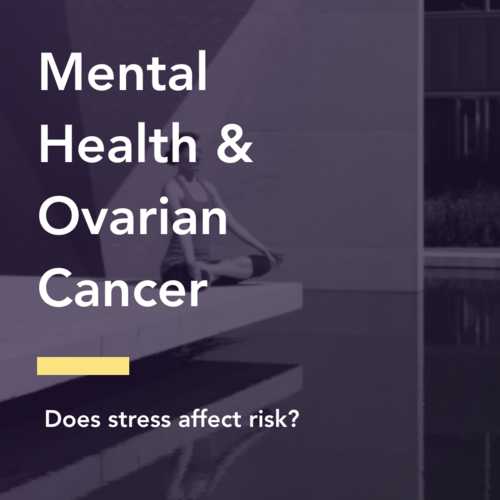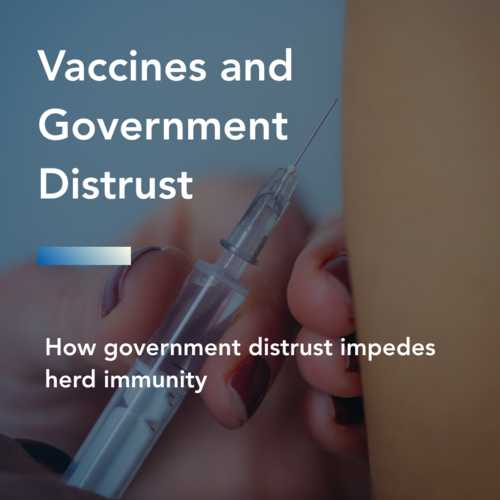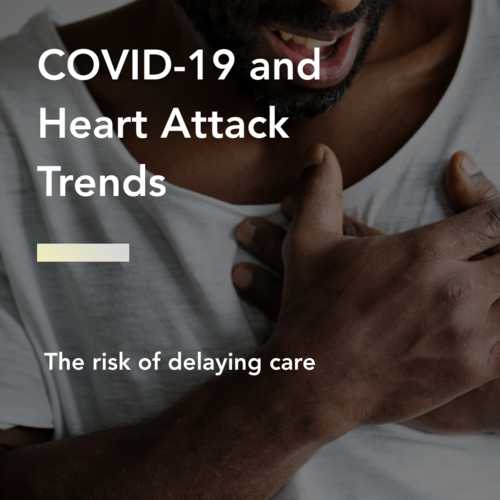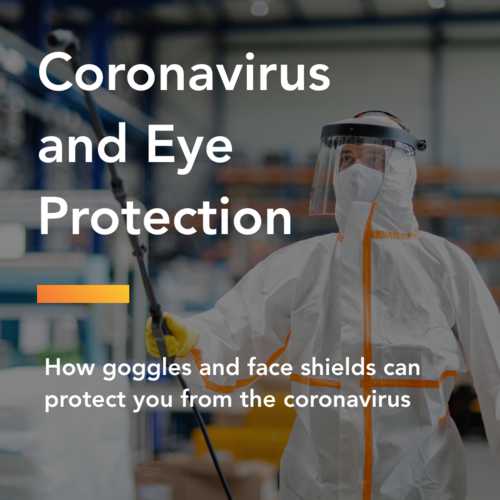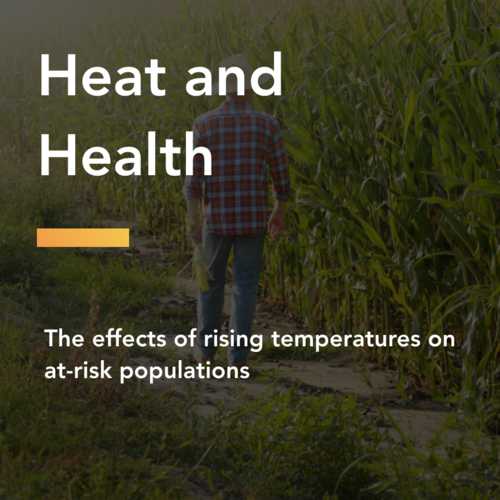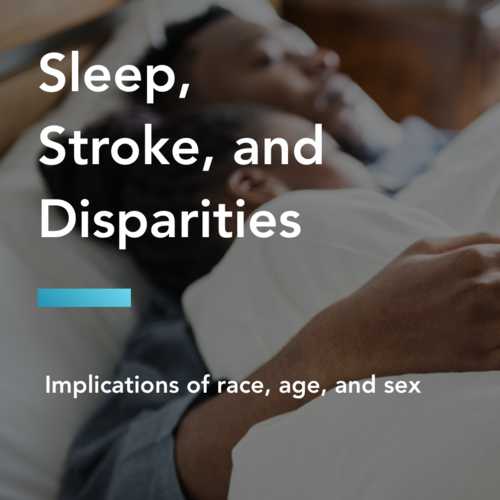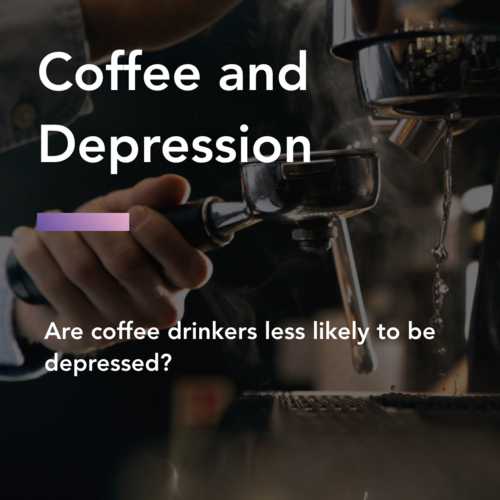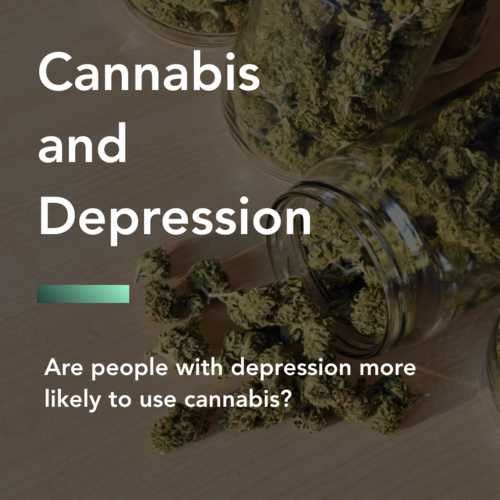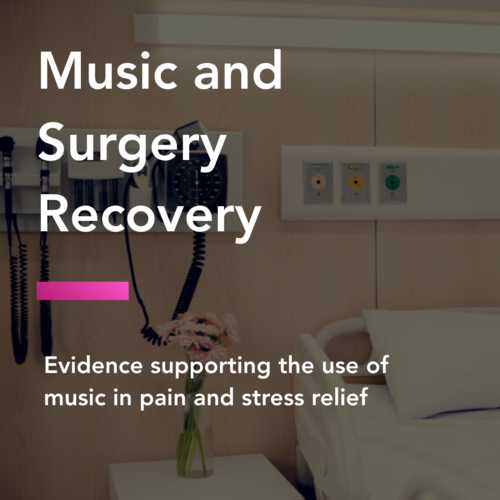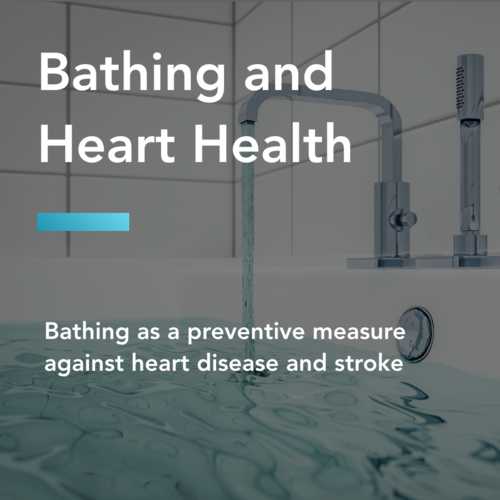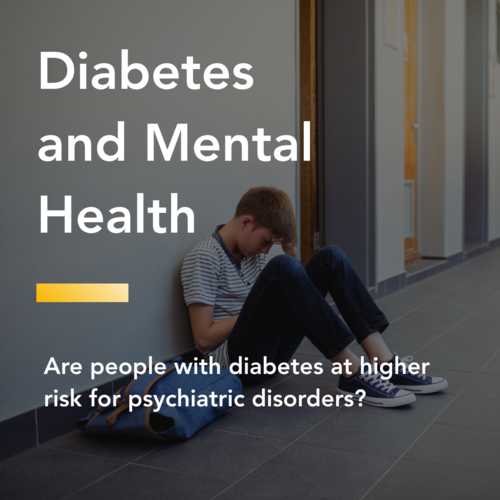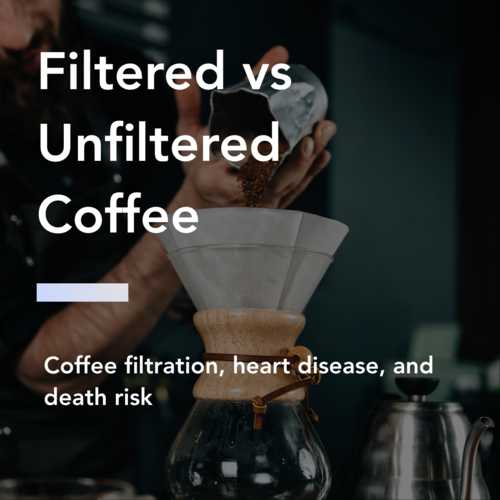Learning Environment + Social Anxiety
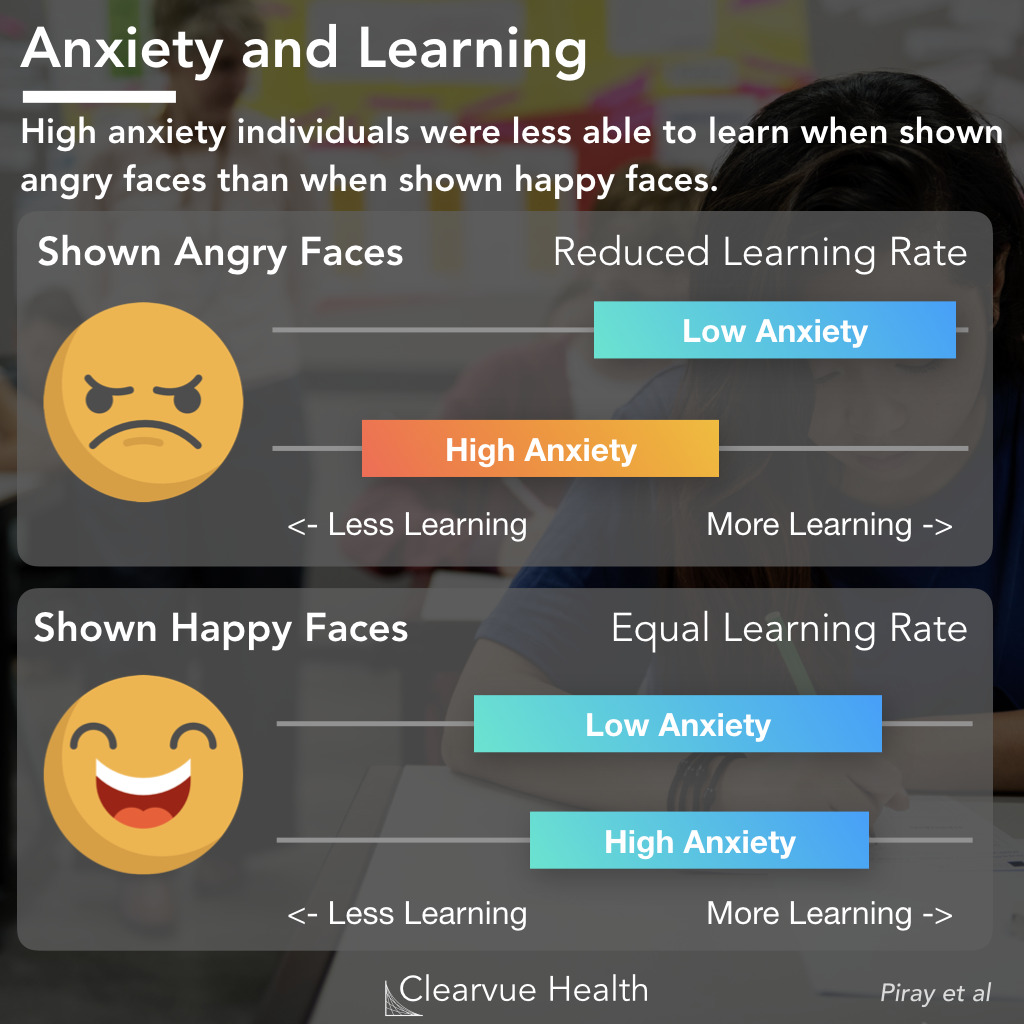
Figure 1: Social Anxiety and Learning. Volunteers with high anxiety who were presented with an angry face before a task learned slower than their low anxiety peers. When presented with smiling faces, learning rates were exactly the same. Bars above represent the 25-75th percentile ranges for participants in both groups. Note: The cartoons above are for style, the study used actual faces.
When it comes to studying and learning, something as simple as a smile can completely change the way someone learns.
In a study on social anxiety, researchers split volunteers into high social anxiety and low social anxiety groups.
They showed participants pictures of angry faces or happy faces. When shown happy faces, both groups learned at the same rate.
However, when shown angry faces, individuals with high social anxiety learned slower than individuals with low social anxiety.
This result shows that removing fear-inducing stimuli can create a better learning and studying environment for all. On the otherhand, a threatening work or study environment can unduely hinder learning for anxious individuals.
As the researchers themselves state:
“
We found evidence that social anxiety is associated with reduced adaptation of learning rate, particularly in aversive states, such as those evoked here by exposure to images of angry faces.
Source: Emotionally Aversive Cues Suppress Neural Systems Underlying Optimal Learning in Socially Anxious Individuals
Learning Rate + Volatility with Anxiety
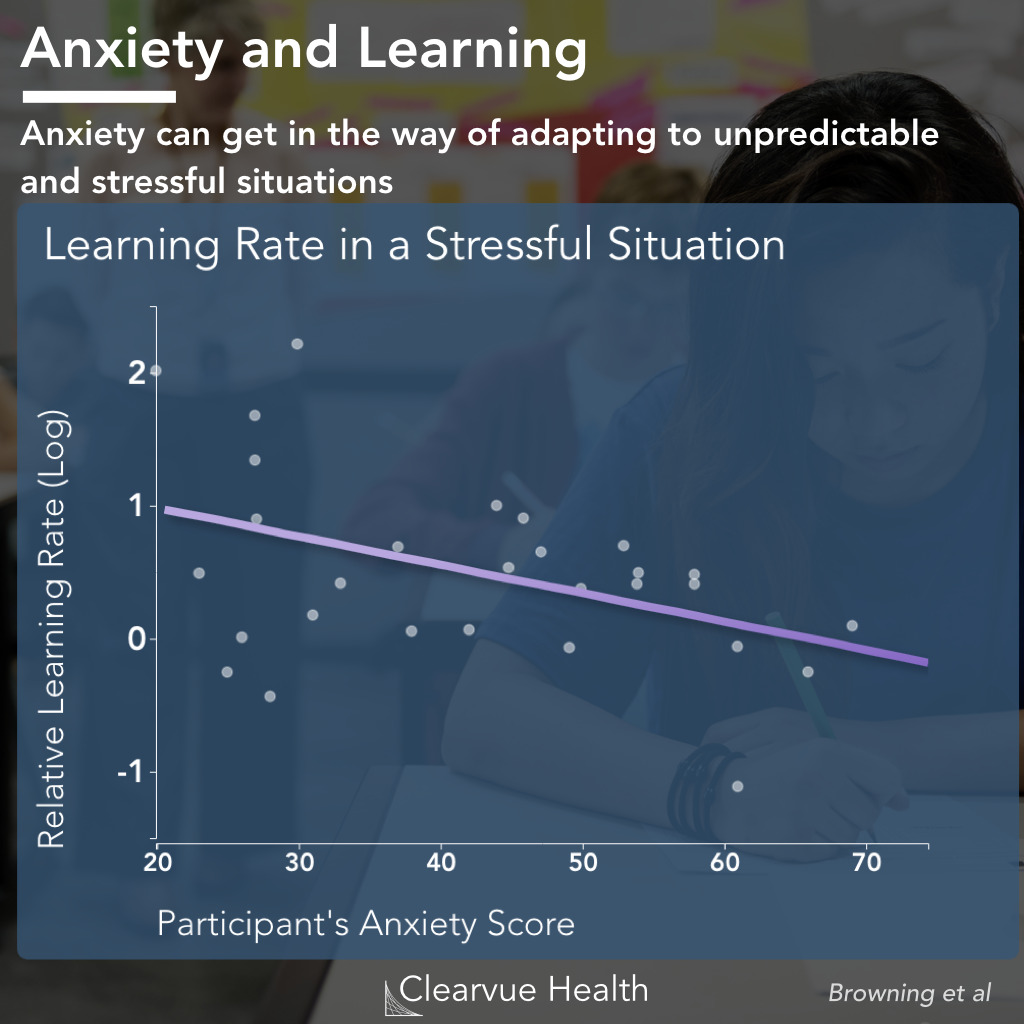
Figure 2: Learning Rate and Anxiety. Each dot represents the average learning rate of a participant in the study. An individual's anxiety trait score, which measures how much of an anxious person they are, negatively correlates with learning rate in aversive situations.
Neuroscience research suggests that this effect comes from the way our minds and bodies respond to stress and fear. Anxious individuals have the same intelligence and performance as non-anxious individuals. However, in stressful or fear-inducing situations, anxious individuals' bodies and minds respond differently.
In a stressful situation, our bodies are supposed to snap into action. Ideally, our ears would perk up, we would become more attentive. We would learn, adapt, create a plan, and execute the plan.
Or at least, that's what is supposed to happen.
For anxious individuals, this doesn't always happen. When you're taking a tough exam, and you encounter questions on unexpected topics, anxiety can get in the way of buckling down and figuring it out.
Neuroscientists have now quantified this result. In a study looking at learning under a very stressful situation, electric shocks, they found that participants' learning rates inversely correlated with their anxiety scores.
Essentially, the more anxious a person was, the slower they learned while being shocked.
However, when not getting shocked, the learning rate of anxious individuals the same as non-anxious individuals:
“
High trait anxious individuals did not differ from low trait anxious individuals in their mean learning rate or in their behavioral or pupillary response to surprising adverse outcomes. Nor did they show altered preferences for minimizing shock probability versus shock magnitude.
Browning et al
Anxiety doesn't correlate with intelligence. But, it does get in the way of learning in stressful situations. This result isn't terribly "shocking," but it does show that there are significant differences when it comes to learning under stress and anxiety.
Source: Anxious individuals have difficulty learning the causal statistics of aversive environments
Pupil Dilation + Anxiety
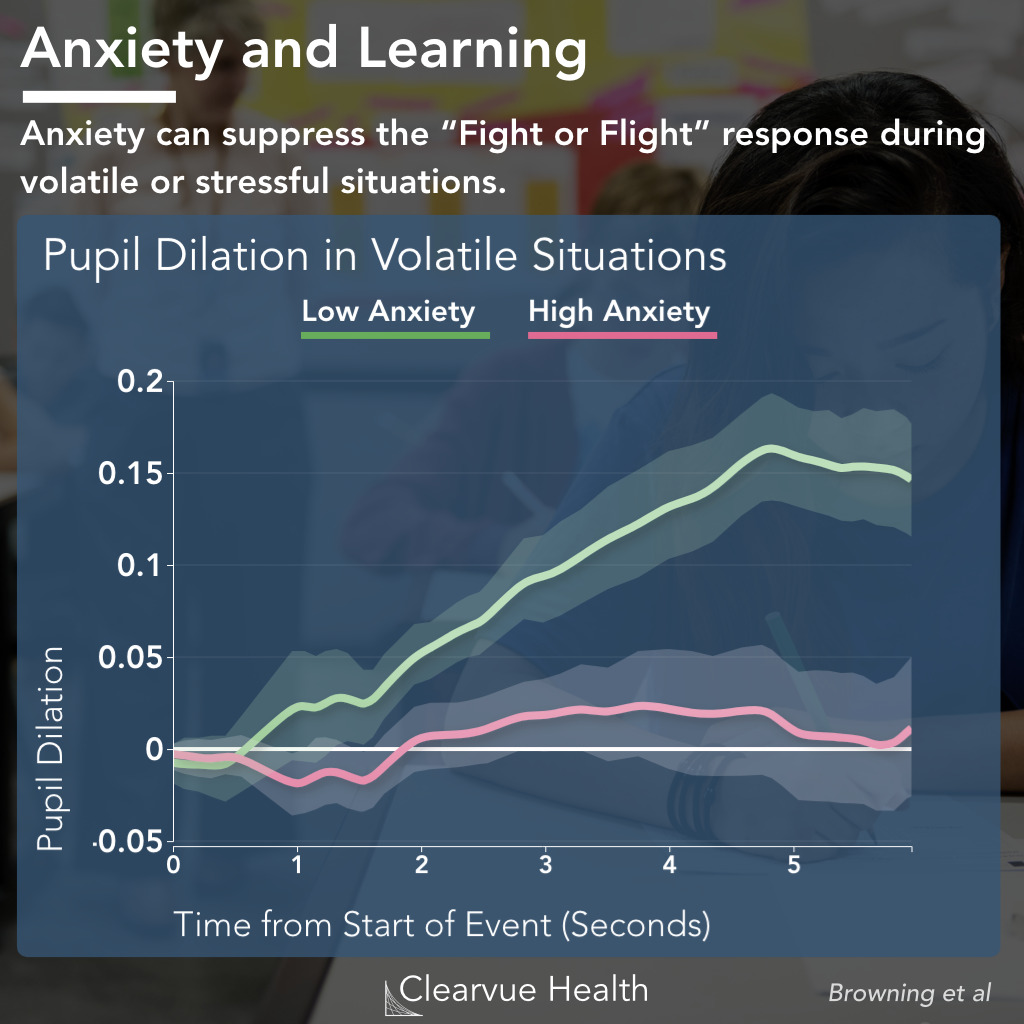
Figure 3: Pupil Dilation under Stress. Participants with low anxiety (shown in green) experienced significant pupil dilation within seconds in a stressful learning situation. Participants with high anxiety (red) did not show significant dilation in the same situation. The semi-transparent areas around the lines represent standard errors. Y-axis measures the effect of outcome surprise on pupil dilation, as calculated from regression analysis.
A second experiment showed that learning differences in anxious individuals aren't just in the mind, they also manifest in the body and physiology. Individuals were shocked when they gave wrong answers, to simulate a fearful, stress inducing situation.
When researchers looked at pupil dilation, they found that individuals with low anxiety quickly dilated their pupils when presented with a fear-inducing learning environment. In the face of stress, low anxiety volunteers responded with heightened senses and awareness.
Meanwhile, high anxiety individuals did not, showing that they were not as quick to adapt to the fear-inducing learning environment.
What to do When Anxious?
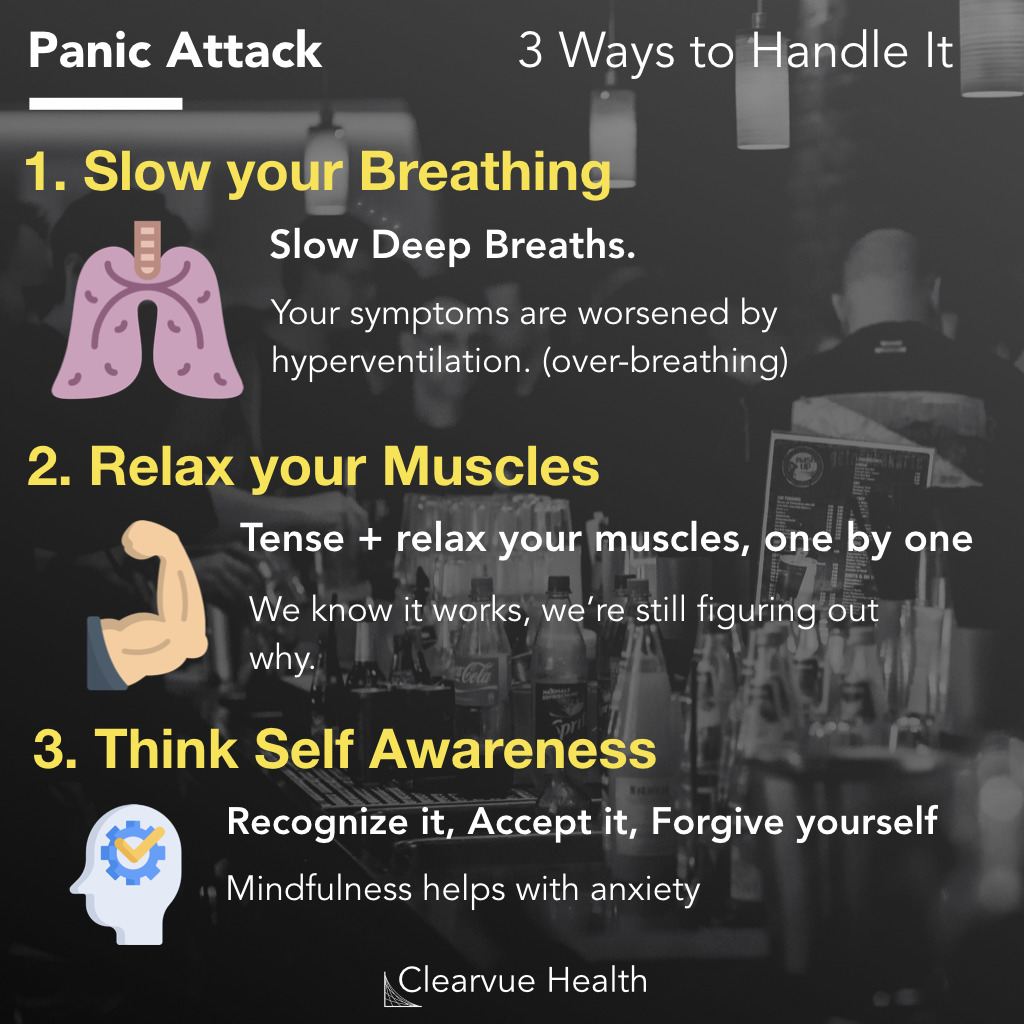
When presented with a threatening situation, anxiety often manifests itself in set of symptoms resembling a panic attack. Individuals can start trembling, sweating, or blushing.
Fortunately, it's possible to improve your symptoms with the 3 steps above: Slow your breathing, relax your muscles, and think self-awareness.
Related Article: Most Common Types of Anxiety
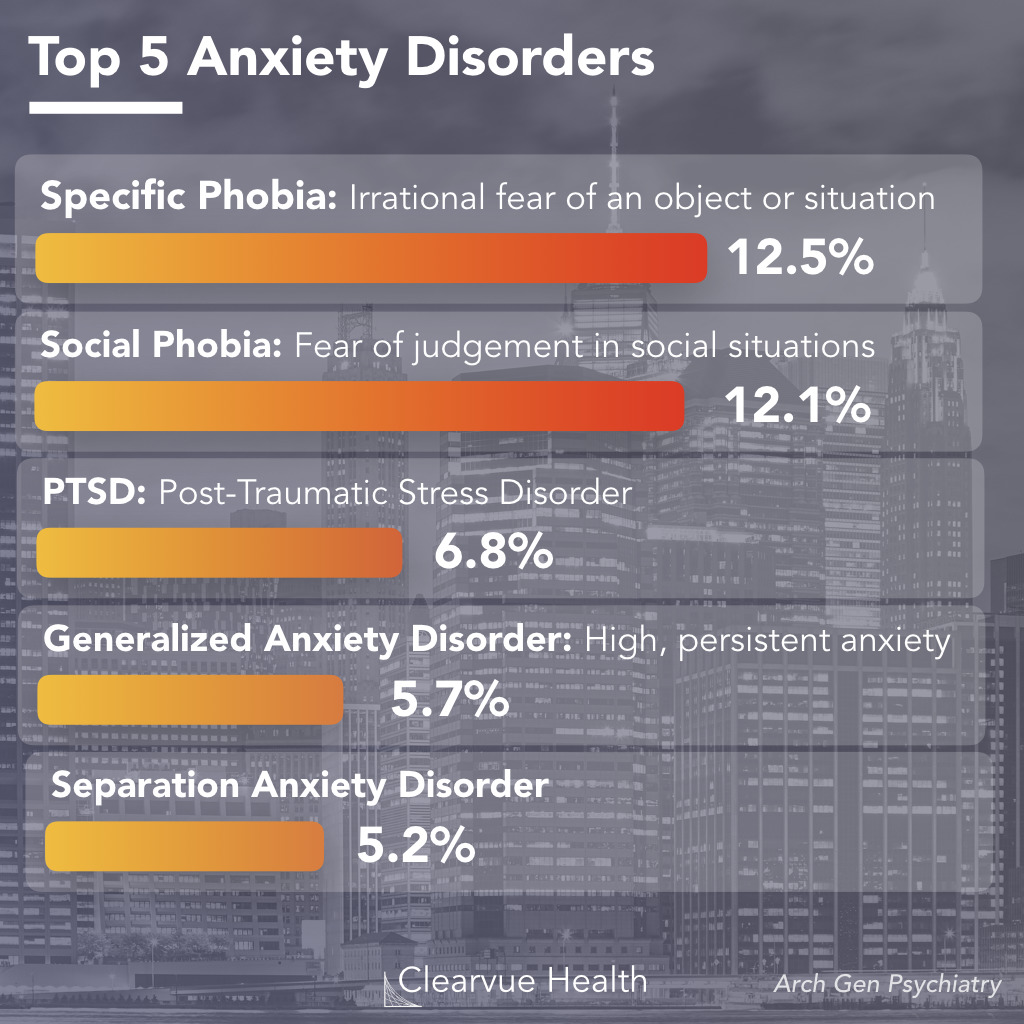
Nearly 30% of Americans will develop an anxiety disorder in their lifetime. In this article, we review the most common anxiety disorders.
Related Article: Social Anxiety Symptoms
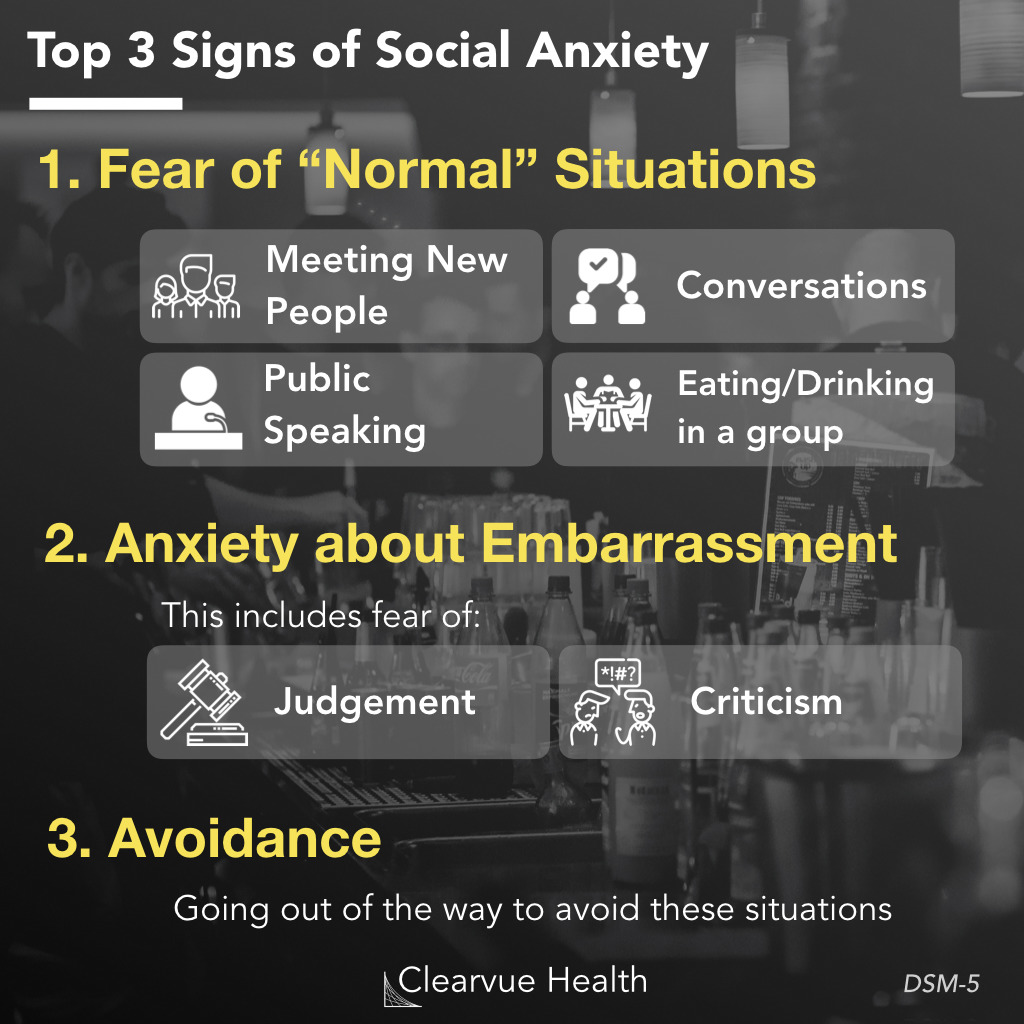
Social Anxiety is a particularly common form of anxiety. While we can all get the "jitters," there are specific signs and symptoms for social anxiety as a disorder. Read more here.







